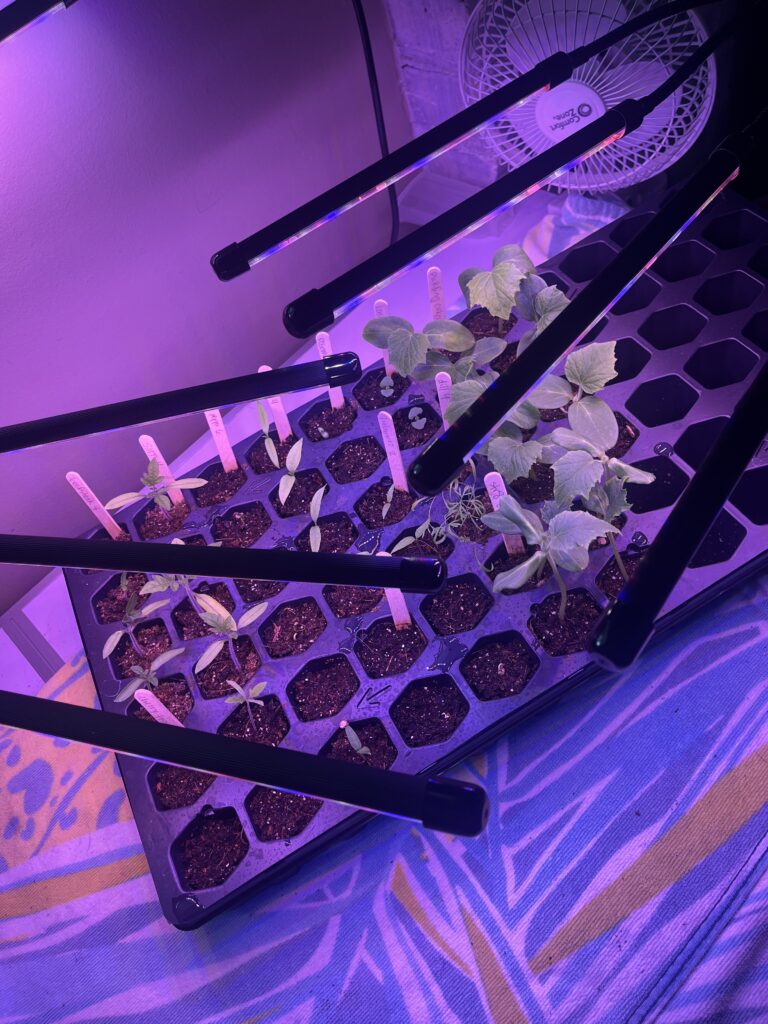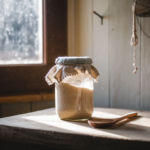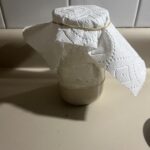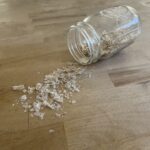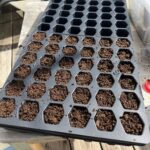Once you’ve got the hang of starting seeds indoors and you’ve tackled some common seedling problems, it’s time to level up! There are some simple but powerful techniques that can make a huge difference in the health of your seedlings. I’ll go over a few tips that will help your seedlings grow bigger and stronger before you are ready to transplant them outside to give them the best chance of success.
Bottom Watering and Moisture Control
Bottom watering encourages strong root development by allowing seedlings to stretch down and absorb water from below. The easiest way to do this is to buy the seed starting kits that have a tray that the seedlings can sit in. Simply place the seedling tray into the external tray of shallow water for 15-20 minutes so they can absorb the water. Dump the excess water after the time is up. This helps prevent mold and fungus issues.
During germination, you can use a humidity dome to help trap moisture and warmth. As soon as seeds sprout, you need to remove it to prevent excess moisture buildup.
Use of a Fan
A little airflow has a couple of benefits for your sprouting seedlings. For one, it can simulate outdoor wind conditions and help strengthen the stems of your seedlings. Another reason is that it improves the air circulation and helps dry up moisture sitting on top of the soil. This helps to reduce the risk of mold or damping off.
I like to use a small clip-on fan that attaches to the table that they are sitting on. Run the fan for a few hours each day, or you can give your seedlings a gentle brush with your hand to encourage sturdier growth.

Fertilizing Seedlings
I have not used fertilizer for my seedlings, so I can’t speak to the effectiveness of it. However, once your seedlings have developed their first set of true leaves, you can use a diluted liquid fertilizer (about one quarter strength every 1-2 weeks). This helps give them the nutrients they need to continue growing strong without overwhelming them.
If I were to use fertilizer on my seedlings, I would opt for a natural, organic one. Make sure to read the directions carefully about fertilizing young seedlings since they are so delicate.
Potting Up
Potting up is when you transplant your seedlings to larger containers. If you notice that plants are stalling or roots are circling the bottom of the container, it is time to pot up. Transplanting them into larger pots will help with transplant shock later when you move them outside. Larger pots will also give them more room to grow bigger.
Monitoring Growth and Record-keeping
Keeping a garden journal can help tremendously for future planting years. Track which varieties you started, when you started them, when they germinated, how they performed, any issues you encountered, etc. Over time, this data will become invaluable as you start the planning process over every year.
Hardening Off
Before you transplant your seedlings outdoors permanently, you need to slowly acclimate them to their new environment to avoid accidentally killing them. This process is known as hardening off. Start by placing your seedlings outside in the shade for an hour, and then gradually increase the time spent outside, eventually moving them to the sun, and then for overnight stays. I have written a more detailed guide with a timeline for hardening off your seedlings here!
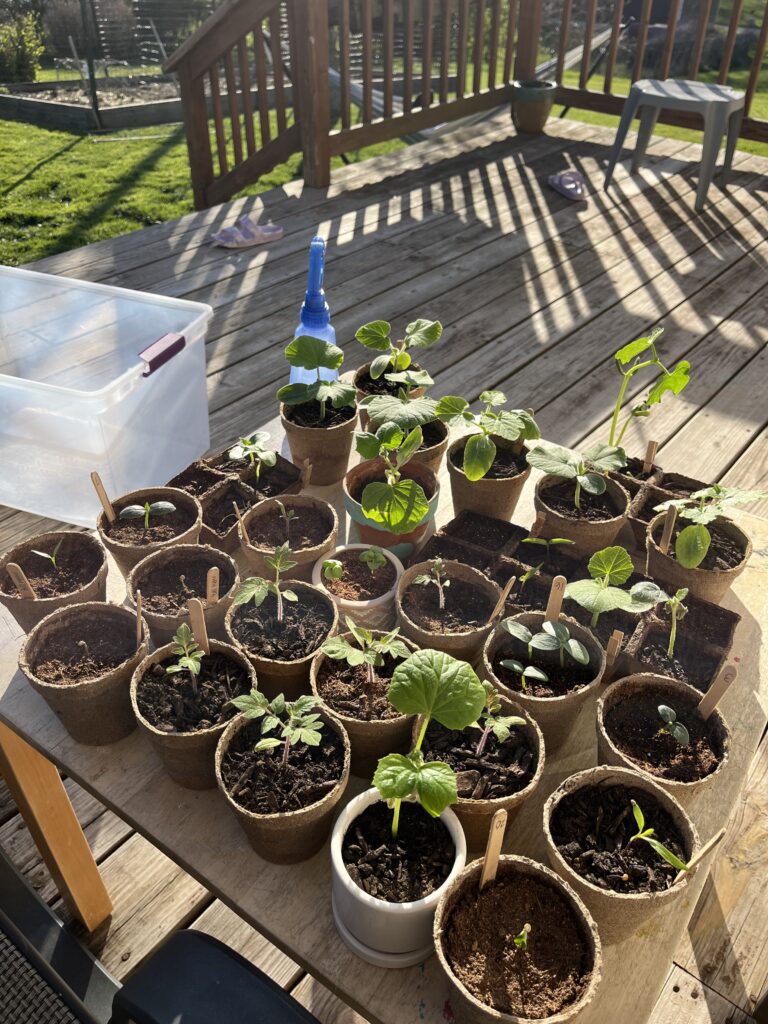
One Last Thing
These advanced techniques will help you grow your seedlings into strong little plants that will be ready for the garden in no time. Seed starting can seem like a lot of work as a beginner, but it is a skill that improves with each season so don’t be afraid to adjust, experiment, and observe. Happy gardening!



